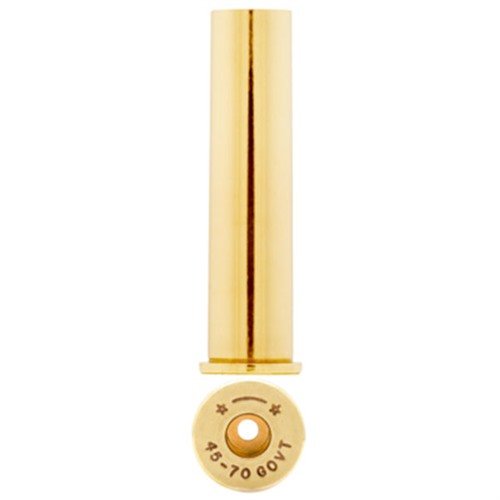Introduced in early 1895 for the Winchester Model 1894 lever-action rifle, the .30-30 was the USA's first small-bore, sporting rifle cartridge designed for smokeless powder. Jacketed bullets for the .30-30 are .308 inches in nominal diameter. Cast lead bullets for the .30-30 are also popular and usually are .309 inches in diameter. The .30-30 is considered to be the "entry-class" for modern big-game hunting cartridges. While it is very effective on deer-sized and black bear-sized game, most commercial loadings are limited in effective range to about 200 yd for that purpose, except when using ballistic-tip ammunition. The cartridge is typically loaded with bullets weighing between 150 and 170 grains but lighter loads are possible. Bullets of up to 180 gr can be used, but the overall length restrictions of the lever-action rifles most commonly chambered for this round limit their usefulness.
Introdotto all'inizio del 1895 per il fucile a leva Winchester Modello 1894, il .30-30 è stata la prima cartuccia per fucile sportivo a piccolo calibro degli Stati Uniti progettata per la polvere senza fumo. I proiettili rivestiti per il .30-30 hanno un diametro nominale di .308 pollici. I proiettili di piombo fuso per il .30-30 sono anch'essi popolari e di solito hanno un diametro di .309 pollici. Il .30-30 è considerato la "classe d'ingresso" per le cartucce moderne da caccia al grande gioco. Sebbene sia molto efficace su prede delle dimensioni di un cervo e di un orso nero, la maggior parte delle caricamenti commerciali ha un raggio d'azione efficace limitato a circa 200 yd per questo scopo, tranne quando si utilizzano munizioni a punta balistica. La cartuccia è tipicamente caricata con proiettili che pesano tra 150 e 170 grani, ma sono possibili caricamenti più leggeri. Possono essere utilizzati proiettili fino a 180 gr, ma le restrizioni di lunghezza complessiva dei fucili a leva più comunemente camerati per questo calibro ne limitano l'utilità.










